In the context that many rare wildlife species are facing the risk of extinction due to illegal hunting and trading, the application of science and technology, especially drones, by the Vietnam Wildlife Conservation Center to monitor and protect wildlife species has brought about remarkable results.

The first unit to use drone technology to monitor pangolins
Master Nguyen Van Thai , Director of Save Vietnam's Wildlife (SVW), said that SVW is one of the first units in Vietnam to boldly test and apply drone technology to monitor pangolin activities after being released. "This technology works based on the principle of attaching a compact transmitter to the pangolin and a corresponding receiver installed on the drone," Mr. Thai explained.
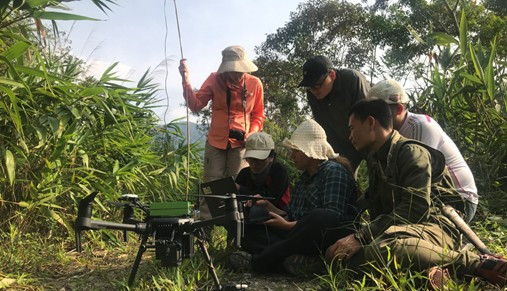
Mr. Thai said that when a pangolin is returned to the wild, countless questions and concerns arise: Can it survive and adapt to the harsh conditions of the forest? Is it at risk of being hunted again? What will its behavior and development be like? These are all major concerns of those working in conservation.
“When we release pangolins that have been fitted with tracking devices, drones will be controlled to fly over the forest area. The receiver on the drone will record the signals emitted by those pangolins. This data helps us determine their relative positions within a certain range,” said Mr. Thai.
Although there is a certain margin of error, about a few dozen meters, this information is extremely valuable. It allows researchers to localize and approach the signal area, thereby finding out where the animal is hiding or active. Based on that, more detailed monitoring measures such as camera trapping or other monitoring methods will be deployed to assess the condition and adaptation of the individuals after release.
Initially, he and his colleagues monitored manually. This encountered many obstacles, requiring officers to go through the forest and each time could only monitor one individual at a time. When applying drone technology, it is possible to simultaneously record signals from many different individuals if the waves emitted from them. The aircraft can operate within a radius of about 2km, helping to observe and detect their locations effectively.
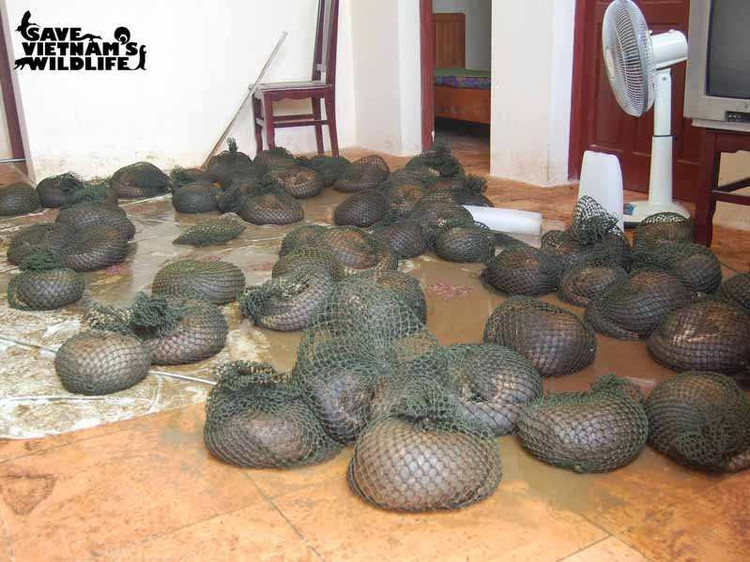
A major advantage of this technology is the ability to display the location of the animal directly on the map while the aircraft is in operation, helping researchers easily determine exactly where the individual is in the forest. This saves a lot of time and effort in searching, while allowing multiple individuals to be tracked at the same time and detecting the location very clearly on the map, ensuring greater safety for the research team.
From the collected data, SVW has assessed many important ecological information about pangolins, thereby building more effective conservation solutions and selecting the most suitable release locations.
"We are one of the pioneers in applying this technology. To date, the center has successfully monitored 39 pangolins, and the good news is that more than 90% of them have survived and safely reintegrated into the natural environment. At the same time, this process also helps us collect a lot of valuable scientific data," shared Master Thai.
He also expressed hope that these efforts would not only directly help the three rescue centers with which the unit is currently working closely, namely Cuc Phuong, Pu Mat and Cat Tien (North - Central - South), but in the future would support the wildlife rescue network in enhancing post-release wildlife monitoring to assess the success of re-wilding wildlife species into the wild.
Install thermal imaging camera to monitor elephants safely
Not only monitoring pangolins, SVW has also expanded the application of drones to monitor many other animals. For example, drones with thermal cameras have been widely used in research on primate populations living in the high canopy of forests, or some large animals such as gaurs and elephants. Especially in Cat Tien National Park, these drones are used to monitor elephants when they move outside of residential areas.
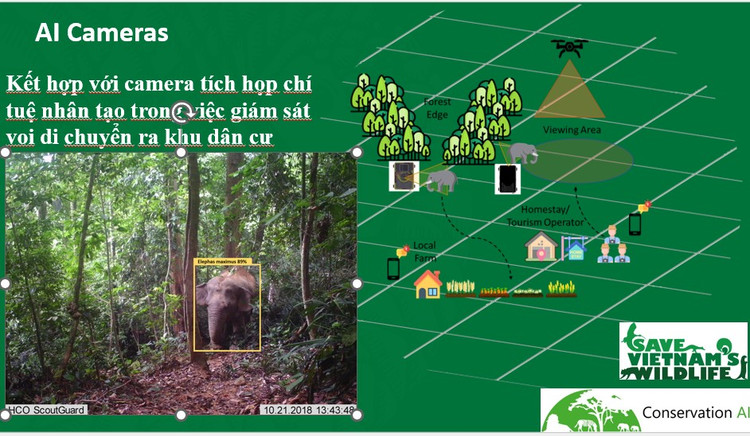
This solution is remarkably effective. When the aircraft is in operation, researchers can detect elephants moving out of the forest, or receive warnings from people, or rely on data from pre-installed cameras.
"These cameras are integrated with artificial intelligence (AI) technology. When set to take pictures of elephants, the system will automatically send information to a community group protecting elephants. When these photos are received, the information will be immediately sent to that community group," Mr. Thai explained.
Mr. Thai said that approaching elephants at close range is very difficult and dangerous. In particular, elephants often move in the late afternoon or evening when the temperature drops. At that time, we can use thermal imaging aircraft to detect the heat emitted from the elephant's body, thereby determining its direction of movement so that community groups can deploy measures to safely repel elephants back into the forest. In Cat Tien National Park and Dong Nai Cultural Nature Reserve, organizations have set up camera traps and have currently recorded images of about 27 different elephants living in the area.
Images captured by drones, especially at night, are very clear, helping conservationists come up with appropriate deterrent measures. “Local communities are also very interested in being able to observe elephants through camera screens to monitor and coordinate in finding solutions to repel them, while minimizing damage to people and fields,” said Mr. Thai.
What Mr. Thai worries about is that elephant poaching in Vietnam is no longer the biggest problem. Instead, the main challenge is the shrinking forest area, causing elephants to frequently move out of their natural habitat. People sometimes use traps or poison to chase away or kill elephants because they destroy crops or houses. “Therefore, if we want to effectively conserve elephants, we really need to apply advanced technologies to monitor populations and have timely interventions,” Mr. Thai said.
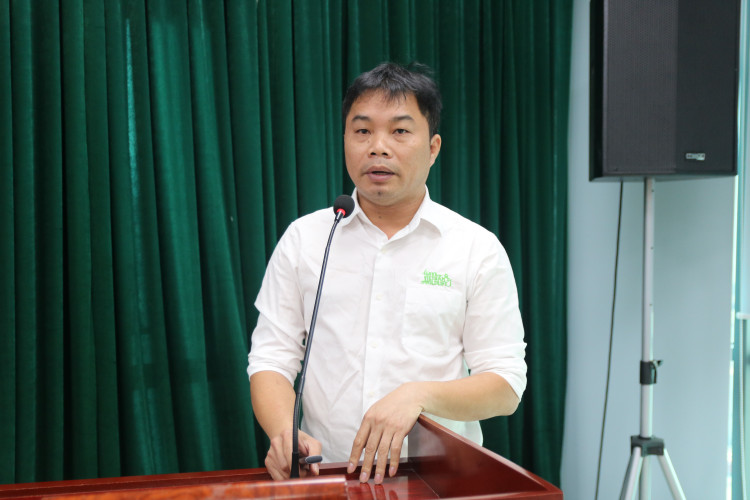
Master Nguyen Van Thai founded Save Vietnam's Wildlife (SVW) in 2014. Since then, the center has successfully rescued 1,540 pangolins from illegal wildlife trafficking.
Pangolins are now the most trafficked mammals in the world, despite an international trade ban. The high demand for their meat, scales, and blood has pushed them to the brink of extinction. All eight species of pangolins in the world are listed on the International Union for Conservation of Nature (IUCN) Red List.
Not only stopping at rescue work, Mr. Thai is also the founder of the first Forest Protection Team in Vietnam in 2018. Under his leadership, the Team has destroyed 9,701 animal traps, dismantled 775 illegal camps in the forest, confiscated 78 guns and coordinated the arrest of 558 poachers. These activities have contributed to significantly reducing illegal activities in Pu Mat National Park.
Source: https://khoahocdoisong.vn/drone-tham-chien-bao-ve-dong-vat-quy-hiem-post1543840.html


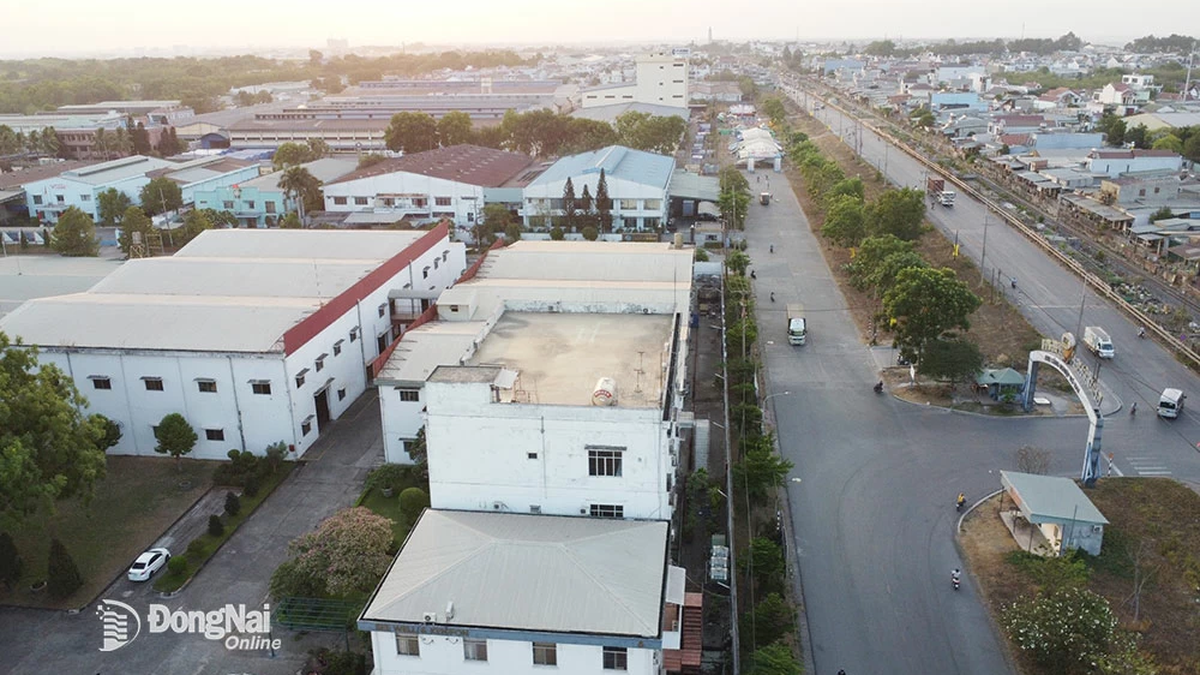



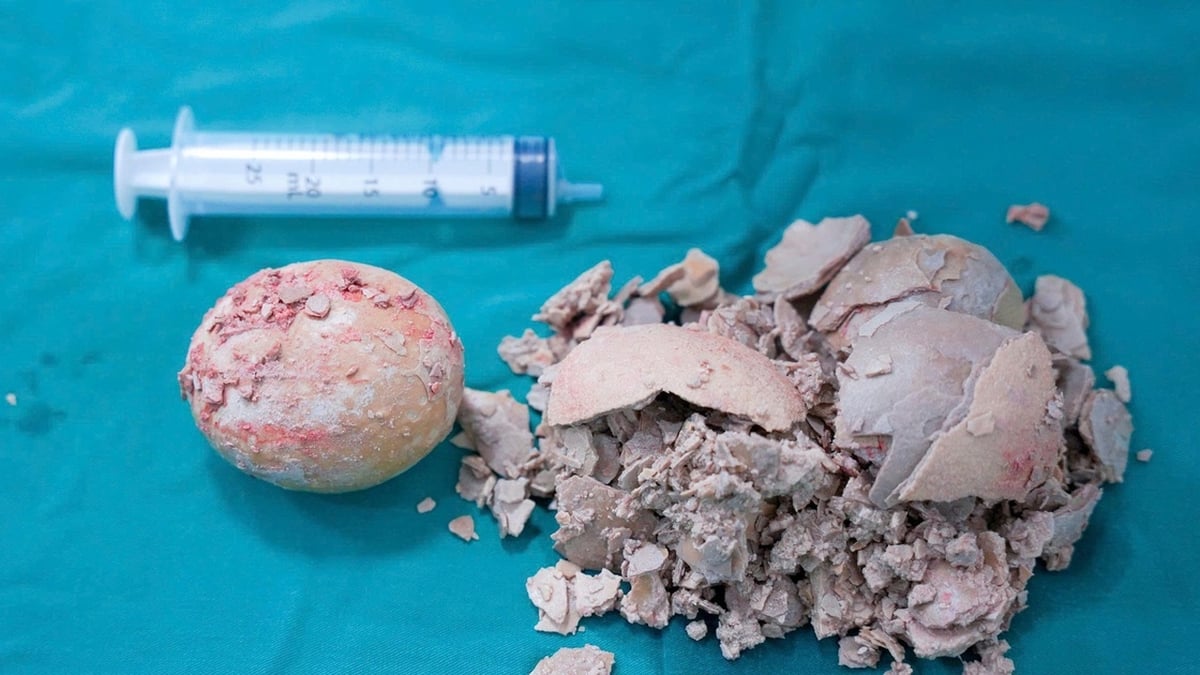
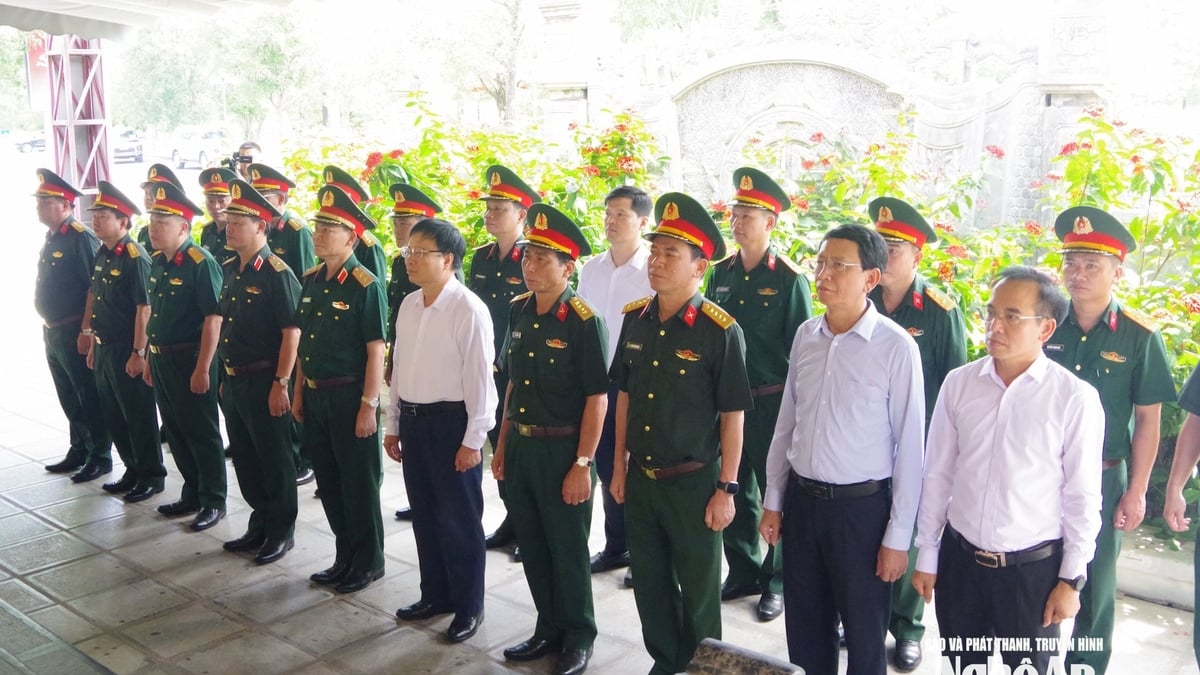

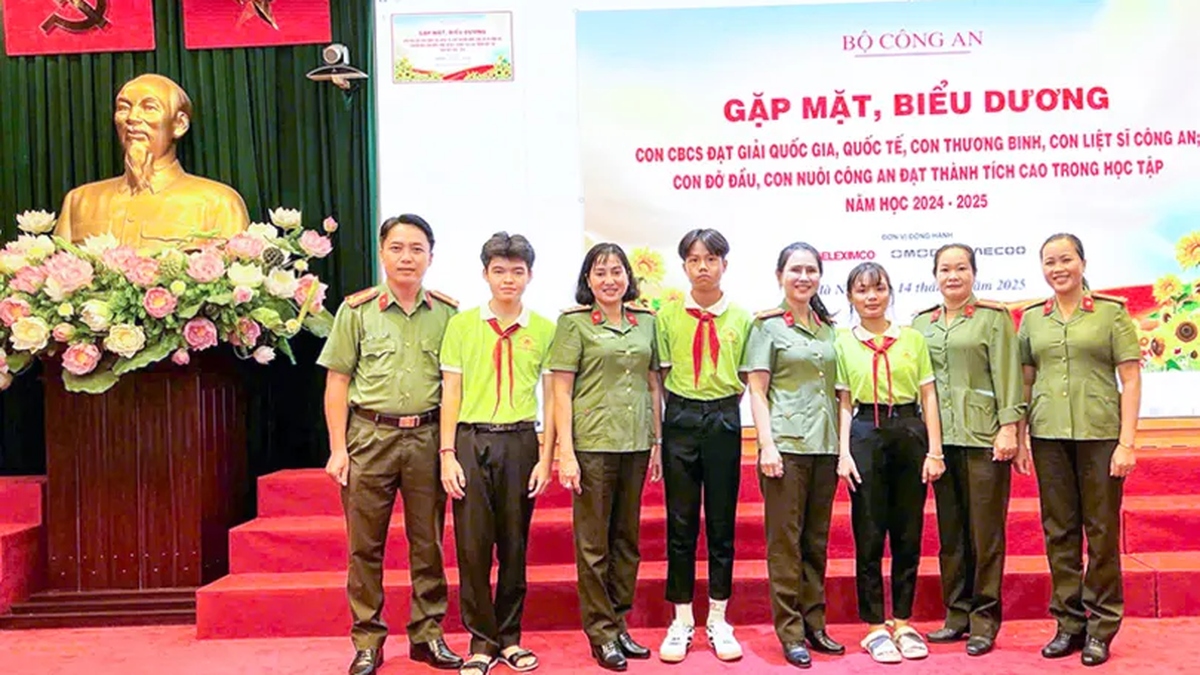

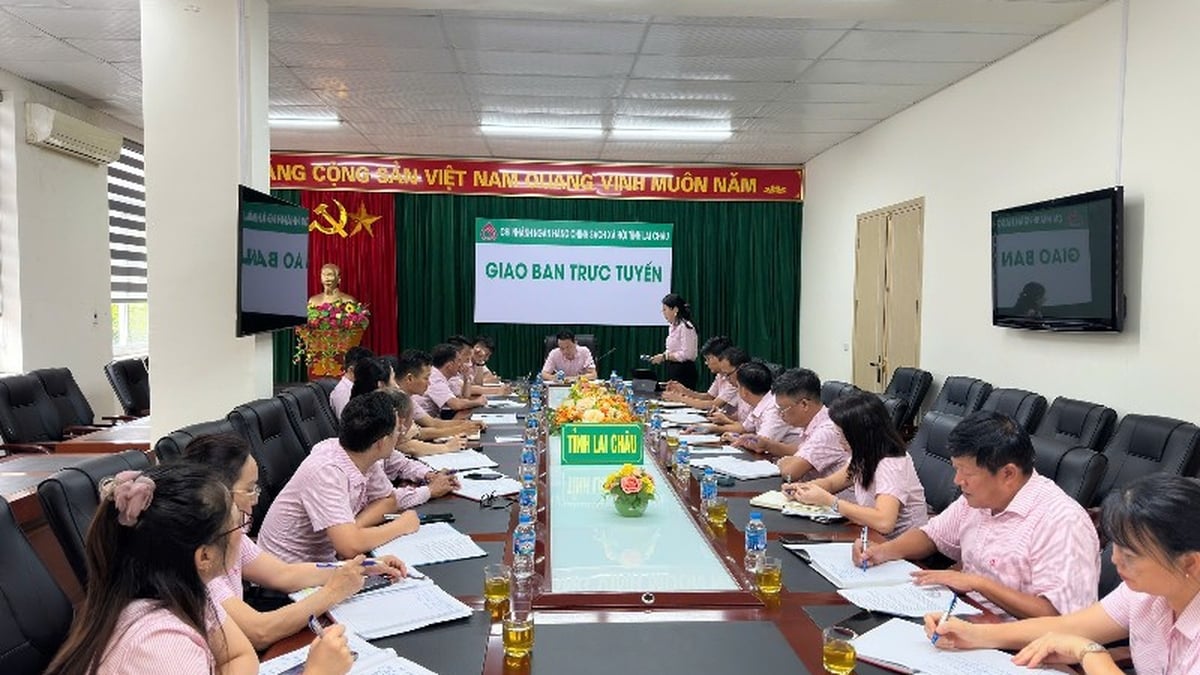















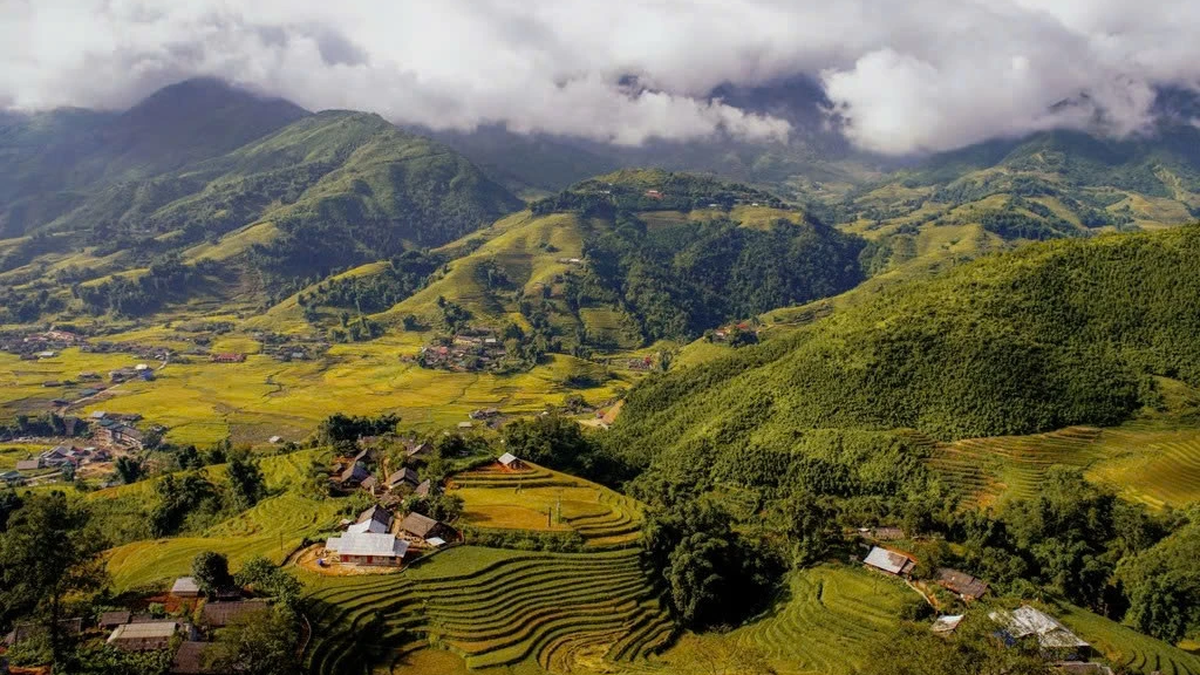






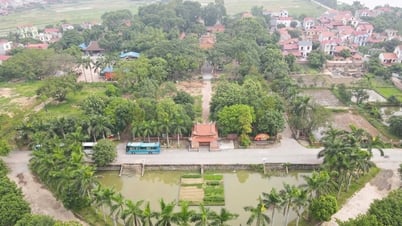



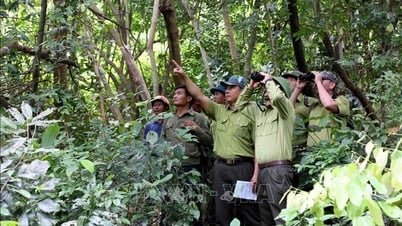

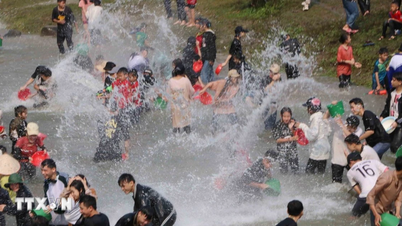








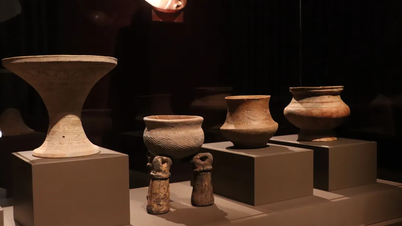


![[Maritime News] More than 80% of global container shipping capacity is in the hands of MSC and major shipping alliances](https://vphoto.vietnam.vn/thumb/402x226/vietnam/resource/IMAGE/2025/7/16/6b4d586c984b4cbf8c5680352b9eaeb0)






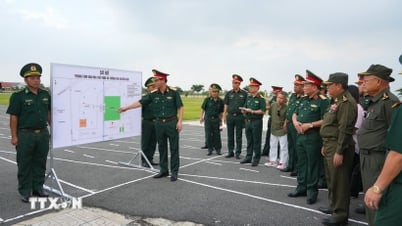


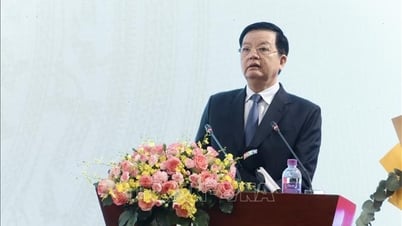
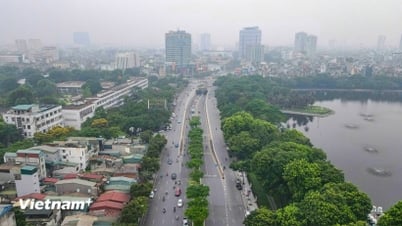

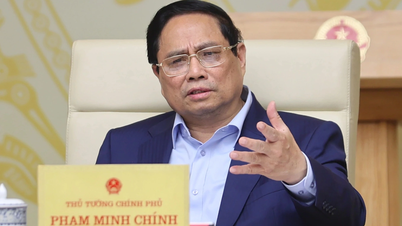
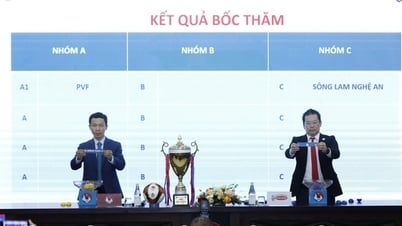

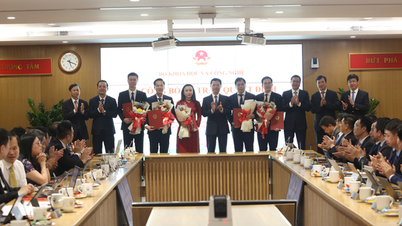


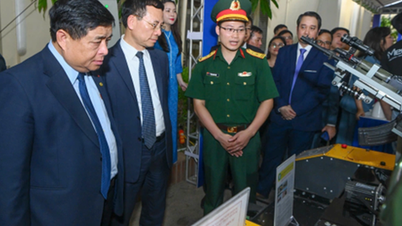











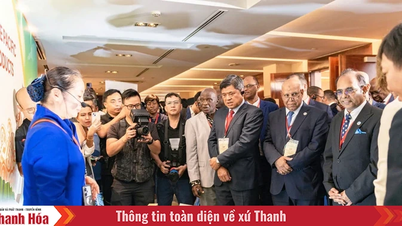










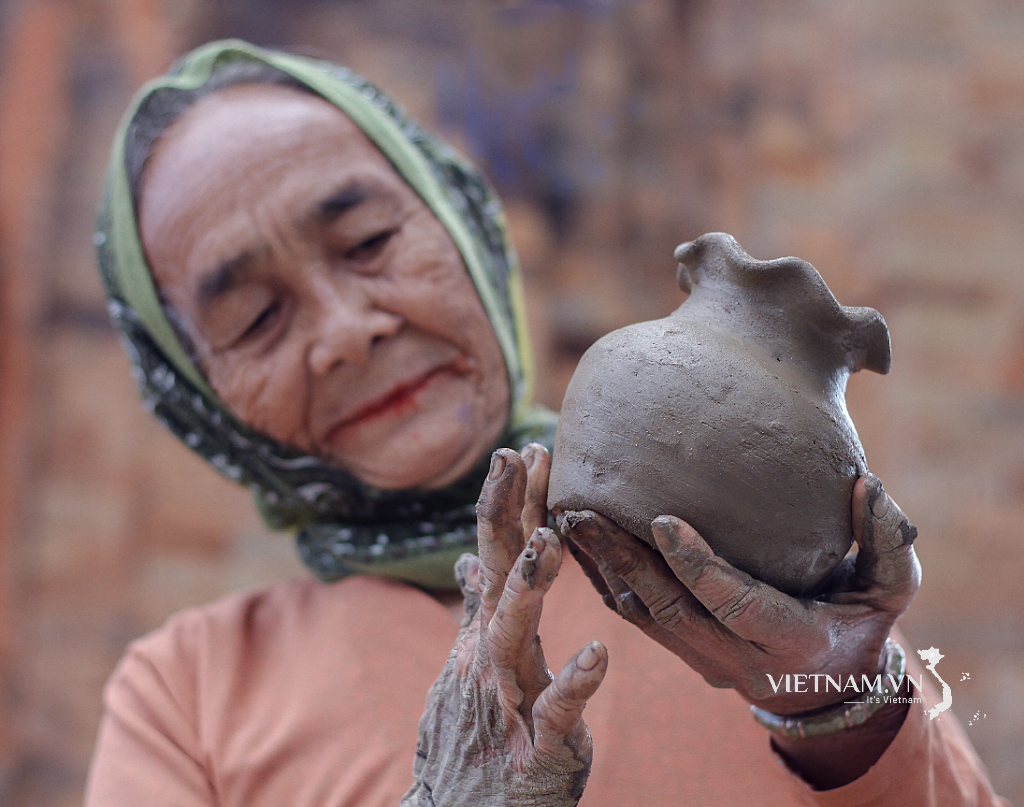

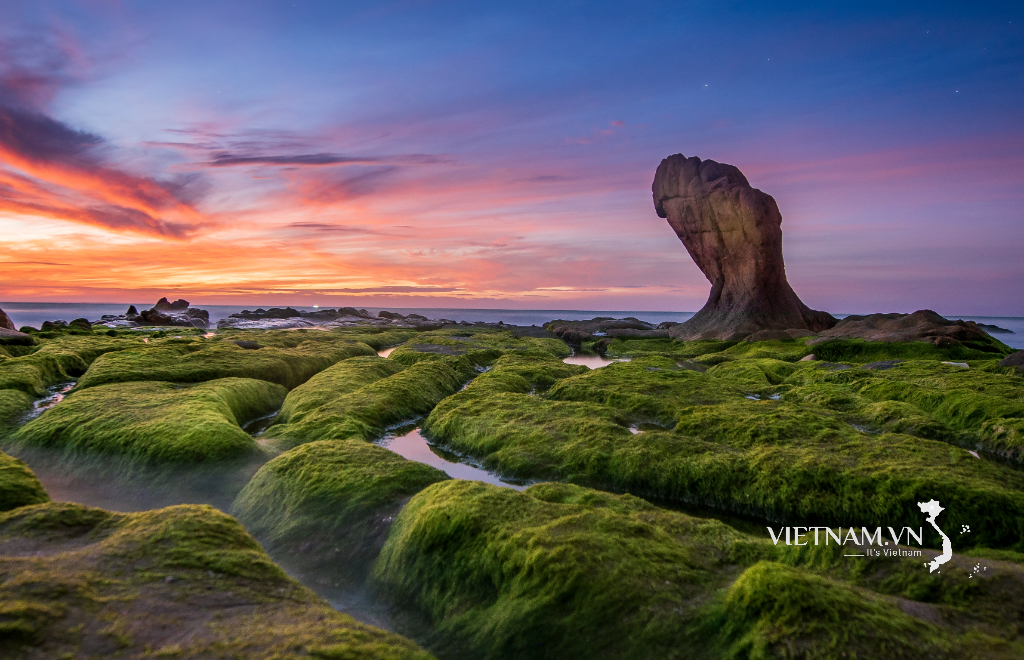

Comment (0)